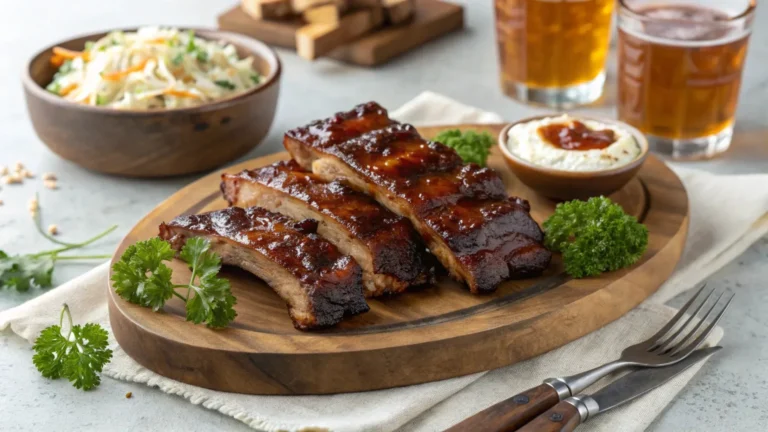How to Make Perfect Hoagie Rolls at Home
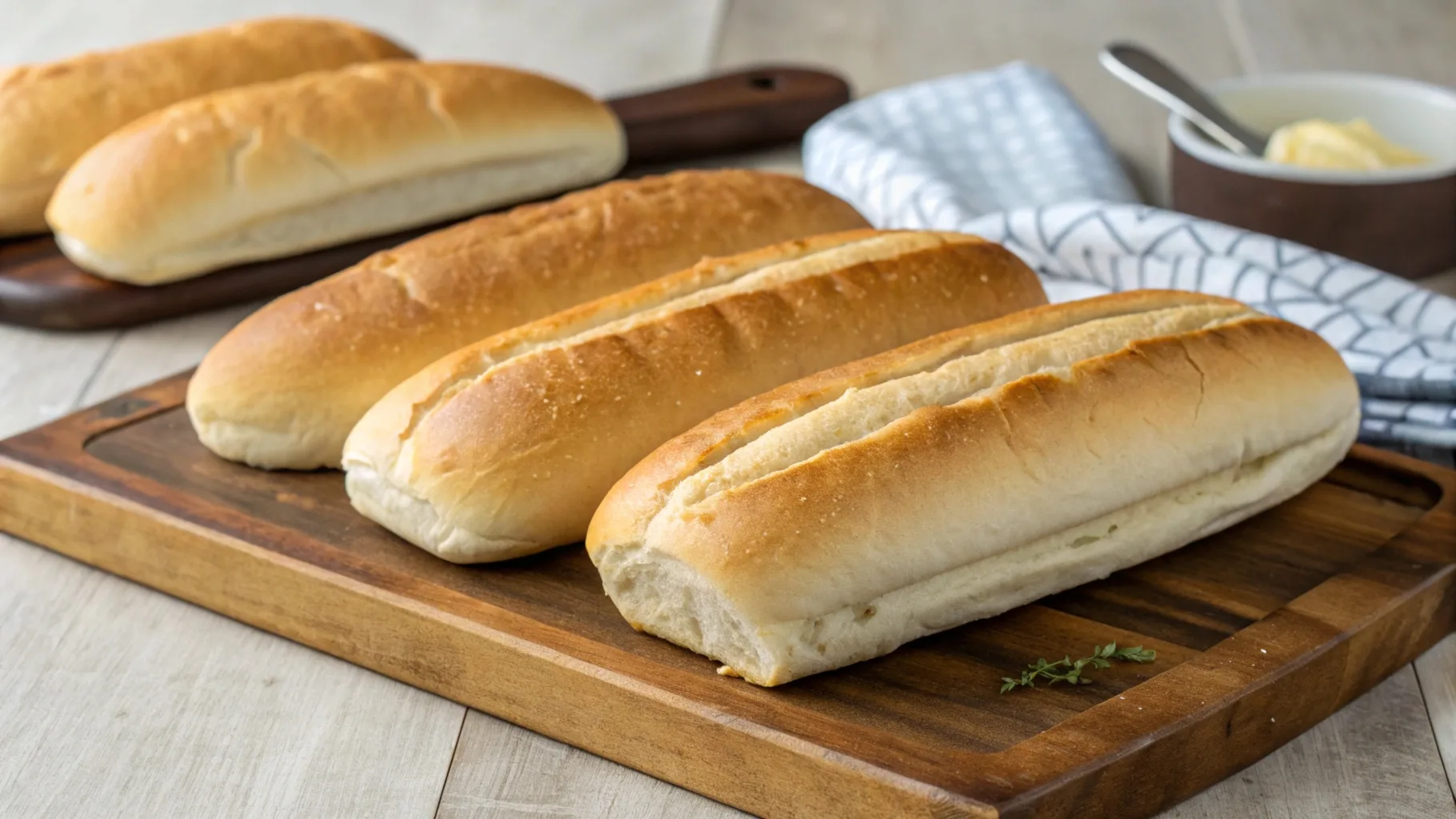
Growing up on the East Coast, I remember the smell of fresh hoagie rolls. The mix of a crunchy outside and soft inside was amazing. It left a lasting taste in my mouth. Now, I want to share how to make this in your kitchen.
This guide will teach you to make homemade hoagie rolls like the best bakeries. You only need 9 ingredients and a few simple steps. Enjoy the taste of Philadelphia’s famous sandwich bread at home. These rolls will make your sandwiches even better.
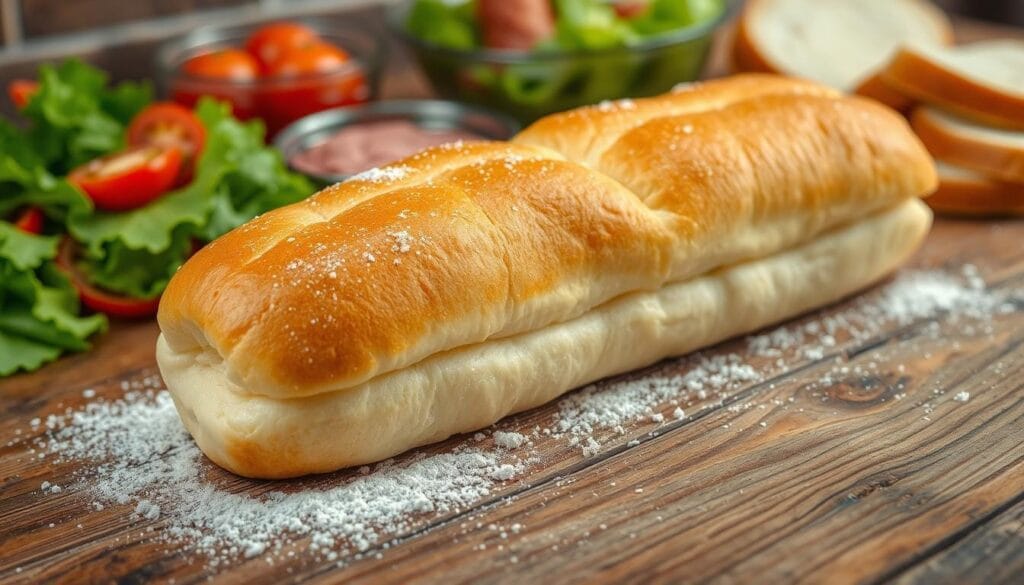
Get ready to wow your friends and family with your bread skills. Let’s start making the perfect hoagie rolls at home.
Table of Contents
Understanding Hoagie Rolls History and Origins
The italian sub bread, also known as the hoagie roll, has a rich history. It comes from Philadelphia’s lively sandwich culture. These long, crusty rolls are key to making classic submarine sandwiches.
Philadelphia’s Contribution to Sandwich Culture
The hoagie roll is a gift from Philadelphia. Its story begins in the early 20th century. A study by Bert Vaux shows 44% of Pittsburghers call it a hoagie.
A North Carolina State graduate student’s survey found a mix of “hoagie” and “sub” in Pittsburgh. This shows Philadelphia’s big impact on sandwich traditions.
Evolution of the Classic Hoagie Roll
The hoagie roll has grown thanks to many families and individuals. The DiCostanza family has been making sandwiches since 1925. They use long rolls with Italian meats and veggies.
Reddit and Facebook groups talk about Pittsburgh’s love for “hoagie.” But, Subway uses “sub” more often.
What Makes a True Hoagie Roll Special
The hoagie roll stands out for its chewy texture and flaky crust. This makes it perfect for holding lots of meat, cheese, and toppings. It keeps its shape, making every bite satisfying.
Essential Ingredients for Perfect Hoagie Rolls
Making the perfect bakery rolls or artisan bread at home starts with the right ingredients. For delicious fresh-baked rolls, focus on quality, balance, and texture. Let’s explore the key elements for making tasty hoagie rolls from scratch.
The base of a great hoagie roll is high-quality bread flour with 12-14% protein. This high gluten content creates the chewy texture you want. You’ll also need vegetable oil, eggs, yeast, salt, sugar, and water for the dough.
Vegetable oil and egg make the dough tender and improve its texture. Yeast makes the dough rise. Salt and sugar add flavor balance. Water hydrates the flour, making the rolls chewy.
This recipe needs 1 1/2 cups of lukewarm water, 1 tablespoon of yeast, 1 1/2 tablespoons of sugar, 1 teaspoon of salt, and 4 to 5 1/2 cups of bread flour. Knead the dough for 10 minutes, let it rise for 3 hours and 15 minutes, and bake at 375°F for 18-20 minutes until golden.
| Ingredient | Amount |
|---|---|
| Bread Flour | 4 to 5 1/2 cups |
| Vegetable Oil | 3 tablespoons |
| Egg | 1 (separated) |
| Yeast | 1 tablespoon |
| Salt | 1 teaspoon |
| Sugar | 1 1/2 tablespoons |
| Water | 1 1/2 cups (lukewarm) |
By choosing and balancing these ingredients, you’ll make perfect bakery rolls, artisan bread, and fresh-baked rolls at home.
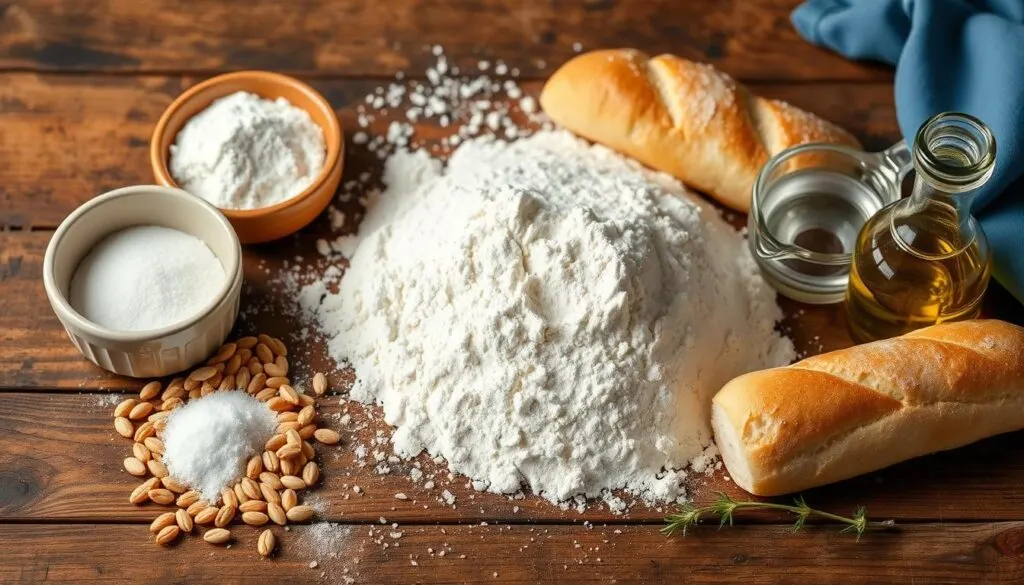
Equipment and Tools You’ll Need
Making perfect hoagie rolls at home needs some key baking tools. You’ll need both must-have items and optional accessories. The right tools help get that perfect texture and look.
Must-Have Baking Equipment
- Stand mixer with a dough hook attachment – This powerful tool kneads the dough well, making it strong.
- Baking sheet – A sturdy, rimmed baking sheet is key for shaping and baking the hoagie rolls.
- Silicone baking mat or parchment paper – These prevent the dough from sticking and help it bake evenly.
- Razor blade or sharp knife – A sharp blade is needed for scoring the dough, letting it expand during baking.
Optional but Helpful Tools
While not essential, these tools can make making hoagie rolls easier and more efficient:
- Kitchen scale – Precise ingredient measurements, especially flour and water, are vital for consistent results. A digital scale ensures the right dough hydration.
- Bench scraper – This tool makes it easier to move the dough and portion it into rolls.
- Proofing basket or cloth – These help keep the rolls’ shape during rising.
Preparation Space Requirements
You’ll need a lot of counter space for making hoagie rolls. You’ll need room to knead, shape, and let the rolls rise and proof before baking. A clean, open work area makes the process smoother and more successful.

The Science Behind Perfect Hoagie Roll Texture
Getting the perfect hoagie roll texture isn’t a coincidence. It’s all about the right mix of gluten development and hydration. Using high-protein bread flour and keeping water at about 58% hydration is key. This makes the dough tight and structured, perfect for holding wet and fatty fillings.
The magic happens with gluten, the protein that gives bread its chew. Kneading the dough well helps create strong gluten strands. These strands trap gas bubbles, keeping the dough’s shape during baking. With less water, these strands stay tight, preventing bubbles from growing too big.
This leads to a bread texture that’s both sturdy and soft. The crumb structure is fine and even. It’s the ideal base for your favorite gluten development fillings, from meats and cheese to veggies and condiments.

So, the next time you enjoy a hoagie roll, remember the science behind it. With the right flour, water, and kneading, you can make perfect hoagies at home.
Mastering the Dough Making Process
Making perfect hoagie rolls begins with mastering dough making. It involves the right mixing and kneading techniques. Understanding dough consistency is crucial for the right texture and flavor. Let’s explore the key steps to make the perfect bread dough for your homemade hoagie rolls.
Proper Mixing Techniques
Start by mixing warm water with active dry yeast until it’s foamy. This shows it’s ready. Then, mix flour, sugar, and salt in another bowl. Add the yeast mixture and melted butter to the dry ingredients.
Use a dough hook on your stand mixer for about 5 minutes. The dough should be slightly sticky but smooth and elastic. A silky, windowpane-like texture means the gluten is developed right.
Kneading Methods and Tips
Kneading is key for developing gluten in your dough. Knead for 8-10 minutes, by hand or with a stand mixer. The dough should be smooth, elastic, and not sticky.
Work the dough consistently with gentle pressure. Stretch it to activate the gluten. This makes the dough easy to shape and it will rise well.
Visual Cues for Perfect Dough
Watch the dough’s appearance and texture closely. A good dough is smooth and slightly shiny. It should pass the “windowpane test” without tearing.
The dough should be tacky but not too sticky or dry. These signs help you know when the dough is ready for the next steps in making hoagie rolls.
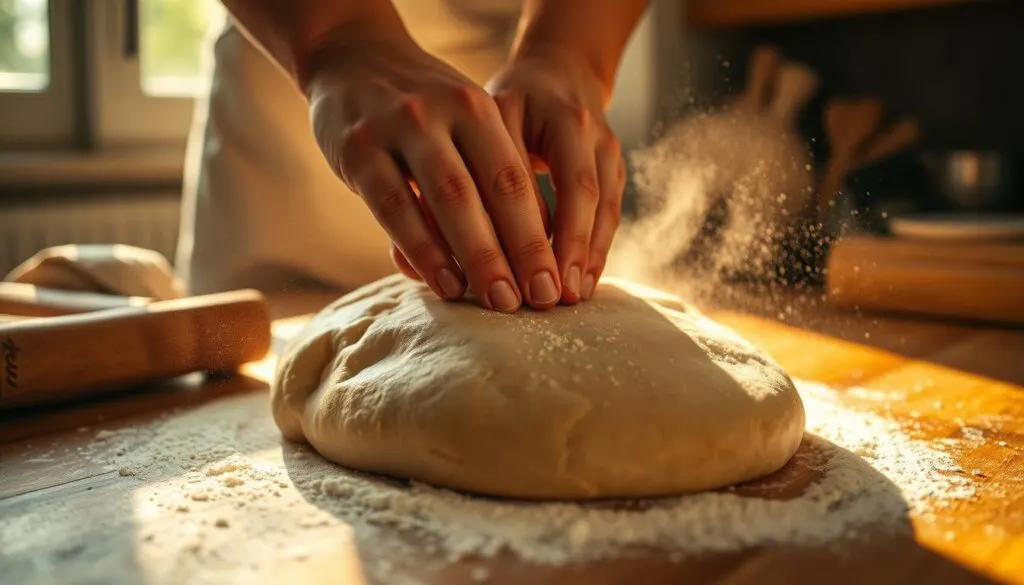
The Art of Proofing and Rising
Creating the perfect hoagie roll starts with proofing and rising. This step is key for a chewy texture and brings out flavors through fermentation.
Start by letting your dough rise in an oiled bowl for 1 to 2 hours. Every 10 minutes, gently deflate it 6 times. This builds gluten for a soft crumb.
When the dough doubles, shape it into oval hoagie rolls. Place them on a parchment-lined baking sheet for 20 to 30 minutes of proofing.
Perfecting hoagie rolls is all about temperature and time. Bread proofing and dough rising depend on many factors, like dough and fermentation conditions.
Dough proofing times vary. It might take 1 to 2 hours at 80°F (26°C), 2 to 4 hours at 74-76°F (23-24°C), or 6 to 8 hours at 46°F (8°C). Mastering proofing is crucial for the right texture and taste in your hoagie rolls.
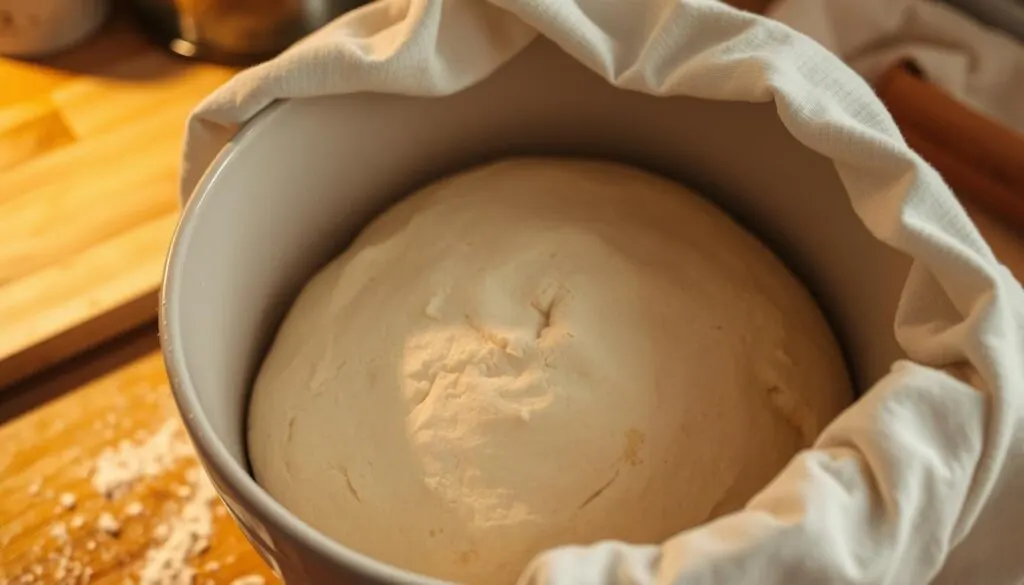
Proofing isn’t just about time; it’s about watching and adjusting. With practice and patience, you’ll make hoagie rolls as good as any bakery.
Shaping Techniques for Professional-Looking Hoagie Rolls
Getting the perfect hoagie roll starts with dough shaping. Follow a few simple steps to make rolls that look great and taste even better. They’ll have a consistent inside and a crispy, golden outside.
Step-by-Step Rolling Method
Start by dividing your dough into 4 to 8 pieces, depending on the roll size you want. Flatten each piece into a rectangle, then roll it up tightly from the long side. Tuck the ends under to make a seamless shape. Place the rolls seam-side down on your baking sheet or surface.
Creating the Perfect Shape
- Flatten the dough into a rectangle, ensuring even thickness throughout.
- Roll the dough tightly from the long side, creating a cylinder-like shape.
- Tuck the ends of the roll under to maintain the shape and prevent uneven baking.
- Place the rolls seam-side down on your baking surface.
Surface Tension Tips
Proper shaping is key for surface tension. This leads to a better rise and crust. By rolling the dough tightly and tucking the ends, you get a smooth surface. This allows the rolls to expand vertically during baking.
The secret to professional-looking hoagie rolls is in the details. With practice and attention to these techniques, you can make bakery-quality rolls at home.
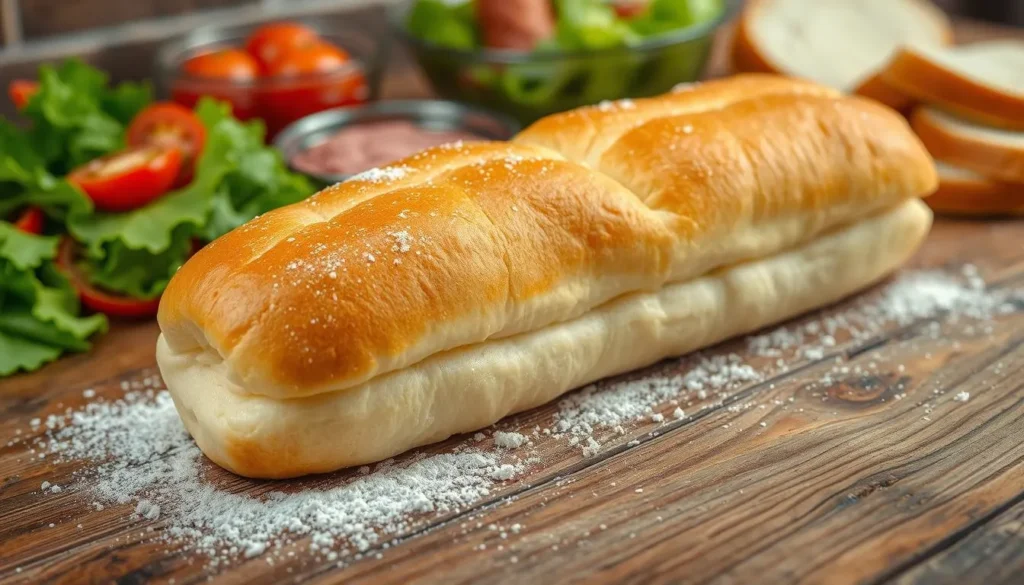
Creating the Perfect Crust and Texture
Getting the perfect crust and texture is key to making great bread crust and crusty rolls. To make your homemade hoagie rolls just right, follow these steps:
- Score the top of each roll with a sharp blade or lame before baking. This simple technique helps the dough expand evenly, creating a beautifully cracked and crisp crust.
- Brush the rolls with an egg wash (a mixture of egg white and milk) just before popping them in the oven. This will give your crusty rolls a shiny, golden-brown finish.
- Bake the rolls at a high temperature, around 400°F, to ensure the crust develops a thin, flaky texture that flakes slightly when eaten, while the interior remains soft and slightly chewy.
By following these simple techniques, you’ll be able to create bread crust that is thin and crisp. Your homemade hoagie rolls will have a delightful artisan bread texture that makes them stand out.
Baking Temperature and Timing Secrets
To get the perfect crust and texture for your homemade hoagie rolls, you need to control the baking temperature and time. First, preheat your oven to the optimal 375°F (190°C). Then, place your shaped rolls on the baking sheet.
Optimal Oven Settings
Hoagie rolls bake best at a temperature between 325°F and 350°F. This heat helps the dough rise and get a golden-brown crust. It prevents the outside from burning before the inside is cooked.
Baking Stages Explained
- The first 10-12 minutes are key for the rolls to rise and set their shape.
- Next, 6-10 minutes will make the crust brown and harden.
- Finally, 2-4 minutes will bake the inside fully, making it soft and fluffy.
Doneness Indicators
The rolls are done when the crust is deep golden-brown and the inside is 200-205°F. The crust should also be hard and crisp when tapped. Remember, they will soften as they cool, so don’t over-bake.
For a crunchier crust, try using a baking stone or create steam in your oven at the start. This gives them a professional, artisanal look.
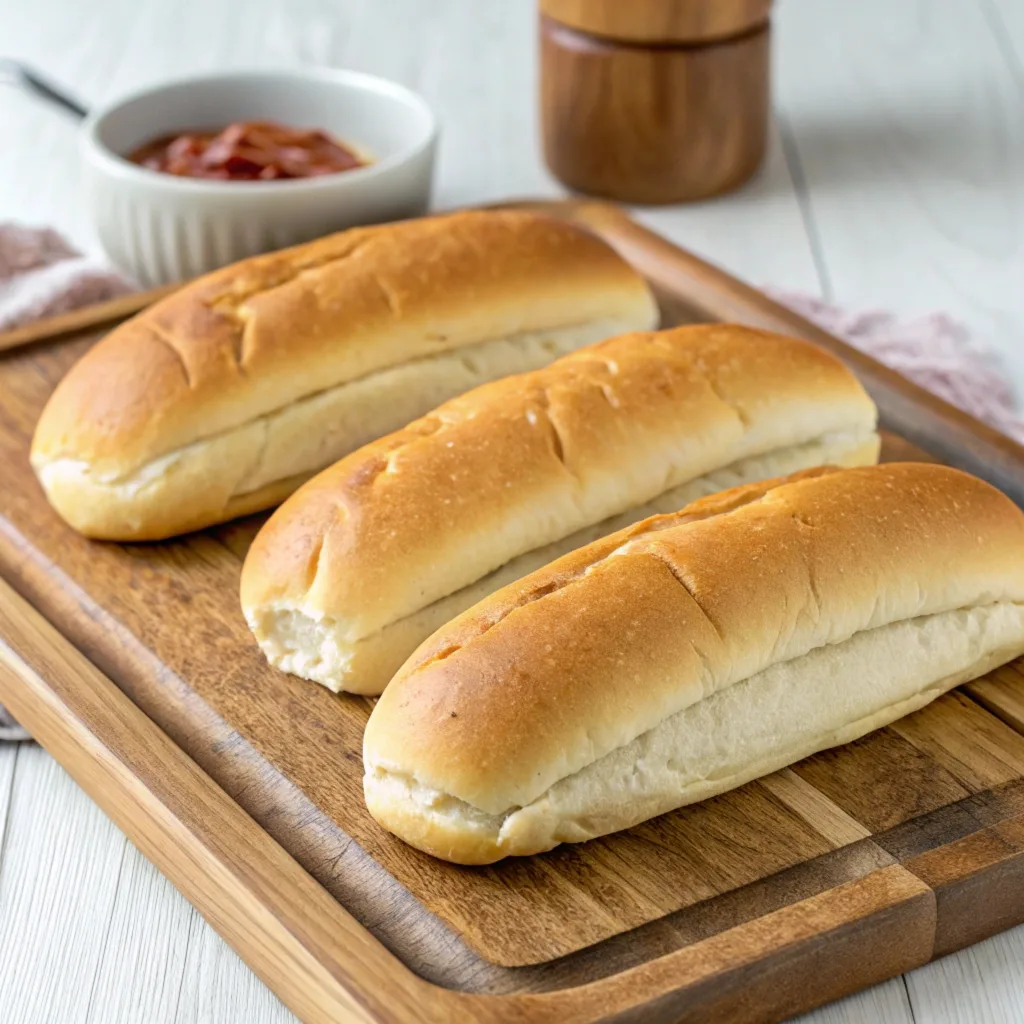

Storage and Freezing Methods
Keeping your homemade hoagie rolls fresh is key to enjoying their perfect texture and taste. Here are some tips for storing and freezing your bread to keep it at its best:
To store them short-term, keep your hoagie rolls in a plastic bag at room temperature for 5-7 days. This keeps the soft inside and crisp outside. Don’t refrigerate them, as it can make them stale faster.
For longer storage, freezing is the best option. Wrap the rolls tightly in a freezer-safe bag or wrap. They’ll stay fresh for up to 3 months. To enjoy them, thaw at room temperature before serving. For a quick refresh, warm thawed rolls in a 350°F (175°C) oven for a few minutes.
Using these freshness tips, you’ll always have soft and flavorful bread for your favorite fillings.
Common Troubleshooting Tips
Baking hoagie rolls at home can be rewarding but comes with challenges. You might face issues like a wet dough, dense rolls, or a pale crust. But, there are solutions to these common problems to help you make perfect hoagie rolls every time.
If your dough is too sticky and wet, don’t worry. Just add flour a tablespoon at a time until it’s easier to work with. If your rolls are dense and heavy, it might be because they didn’t proof enough. Make sure to give your dough enough time to rise, following the recommended times and temperatures.
To get a perfect golden-brown crust, try baking for longer or at a higher temperature. If your rolls are too hard, baking them for less time or adding more fat to the recipe might help. Adjusting these factors can greatly improve the texture and look of your rolls.
- Wet dough? Add flour gradually until it’s more manageable.
- Dense rolls? Ensure proper proofing time and temperature.
- Pale crust? Increase baking time or temperature.
- Rolls too hard? Reduce baking time or add more fat to the recipe.
Baking is a science that requires some trial and error to get it right. Don’t be afraid to tweak your techniques and ingredients until you get the hoagie rolls you want. With a bit of troubleshooting and persistence, you’ll soon become a pro at making hoagie rolls.
Conclusion
Making perfect homemade hoagie rolls is within reach. It can make your sandwiches better. With the right ingredients and techniques, you can make bread that’s better than store-bought.
This journey of making homemade hoagie rolls is rewarding. You can choose the flavors, textures, and shapes you like. It’s a way to make your sandwiches special.
In this guide, you learned about the hoagie roll‘s history and what you need to make it. You also learned about the science behind the perfect texture. By improving your dough-making and baking, you’re getting closer to making amazing sandwich bread.
Now, you can try different fillings and toppings. You can make your own unique hoagie rolls. Enjoy the art of artisan baking and make your sandwiches even better. The possibilities are endless when you can make your own hoagie rolls.
FAQ
What are the key ingredients for making perfect hoagie rolls?
To make authentic hoagie rolls, you need bread flour with 12-14% protein. Also, use vegetable oil, egg, yeast, salt, sugar, and water.
What equipment and tools are needed for baking hoagie rolls?
You’ll need a stand mixer with a dough hook, a baking sheet, and a silicone mat or parchment paper. A razor blade or sharp knife is for scoring the dough. A kitchen scale helps with precise measurements.
How does the dough-making process affect the texture of hoagie rolls?
The dough’s tight crumb comes from good gluten development and controlled water. Using high-protein flour and 58% water makes the dough tight. This restricts air bubbles, creating a dense, strong structure perfect for wet fillings.
What are the key steps for shaping and proofing hoagie rolls?
After the first rise, split the dough into 4-8 pieces. Flatten each into a rectangle and roll it up tightly. Tuck the ends under and place seam-side down. Let them rise for 20-30 minutes before baking.
How do you achieve the perfect crust and texture on homemade hoagie rolls?
Score the top of each roll with a sharp blade before baking. Brush them with an egg wash for a shiny crust. The crust should be thin and crisp, flaking slightly. The inside should be soft and chewy.
What are some tips for storing and reheating homemade hoagie rolls?
Store the rolls in a plastic bag at room temperature for 5-7 days. Freeze them for up to 3 months in a freezer bag for longer storage. Thaw frozen rolls at room temperature before warming in a 350°F oven for a few minutes.
How can I troubleshoot common issues with homemade hoagie rolls?
For wet dough, add flour gradually. For dense rolls, ensure proper proofing. For a pale crust, increase baking time or temperature. If rolls are too hard, reduce baking time or add more fat to the recipe.
Tell us how u found this recipe?
There are no reviews yet. Be the first one to write one.

